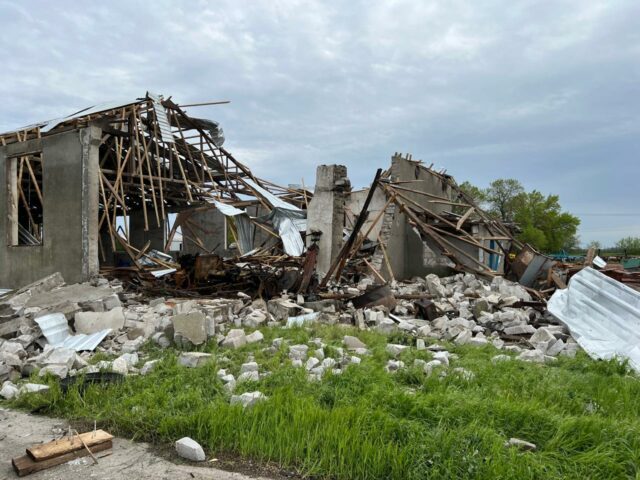### Tragic Impact of Conflict on Agriculture: The Case of «Shabolat»
This year, the agricultural enterprise «Shabolat» in the Odessa region experienced a devastating missile strike that completely obliterated one of its warehouse buildings. This incident not only disrupted the operations of a vital agricultural hub but also inflicted significant environmental harm, which is often overlooked amidst the chaos of conflict.
### Understanding Environmental Damage
The aftermath of the missile strike revealed that a land plot exceeding four thousand square meters has effectively turned into a dumpsite. The rubble and debris now litter the area, creating an unsightly and hazardous environment. According to the State Environmental Inspection of the South-Western District, the total environmental damage from this incident is estimated at nearly one million hryvnias. This figure, however, may only scratch the surface of the true cost to both the ecosystem and the local community.
### The Broader Impact on Communities
The consequences of such incidents extend far beyond immediate physical damage. For example, consider the farmers in the region who rely on well-maintained warehouses for storing crops. With facilities like Shabolat destroyed, production capacities dwindle, leading to potential food shortages and economic instability in the community. The psychological toll on local farmers cannot be understated either; many live in fear of further attacks, which can lead to anxiety and a significant decrease in productivity.
### Key Statistics to Consider
— **Economic Losses**: A report from the United Nations Food and Agriculture Organization indicates that agricultural disruptions in conflict zones can lead to a staggering loss of up to 30% in crop yields. This highlights the importance of stability for food security in the region.
— **Environmental Consequences**: According to the World Bank, damage to natural resources during conflicts can result in long-term degradation, impacting biodiversity and local livelihoods. For farmers in the Odessa region, this situation could mean diminished quality of soil and water resources essential for agriculture.
### What Can Be Done?
While the situation may seem dire, there are steps that can be taken to mitigate the damage and foster recovery:
— **Community Support Initiatives**: Establishing local support programs aimed at providing resources and counseling for affected farmers can help restore morale and productivity.
— **Environmental Restoration Projects**: Implementing initiatives to clean up and rehabilitate affected land can lead to a quicker recovery for the ecosystem and restore agricultural viability.
— **Policy Advocacy**: Engaging with local and national governments to advocate for policies that prioritize agricultural stability and environmental protection can also foster long-term improvements.
### Conclusion: A Call to Action
The incident at «Shabolat» serves as a stark reminder of the interconnectedness of conflict, agriculture, and environmental health. As we observe the unfolding situation, it is crucial to prioritize solutions that not only address immediate impacts but also work towards a sustainable future for the community and the environment. By fostering dialogue and taking proactive steps, we can help ensure that the resilience of farmers and the vibrancy of their land continue to thrive against all odds.






